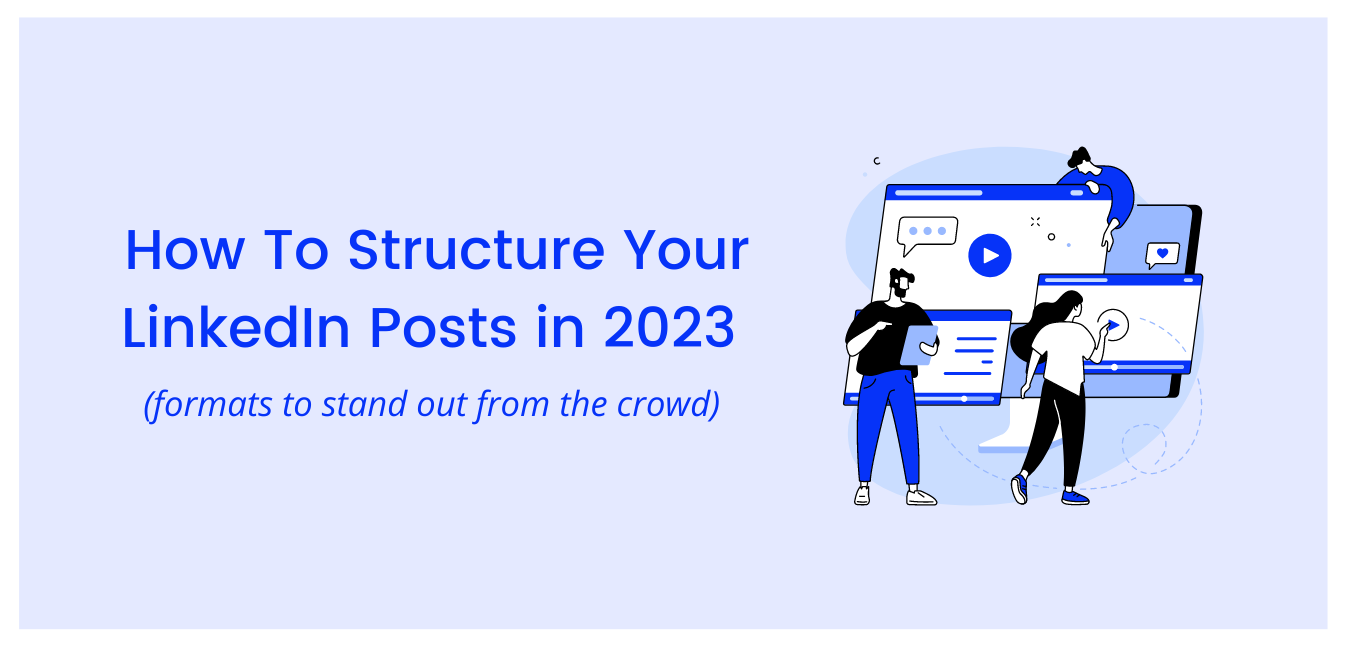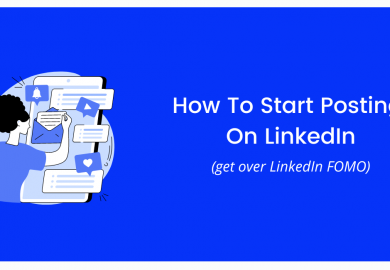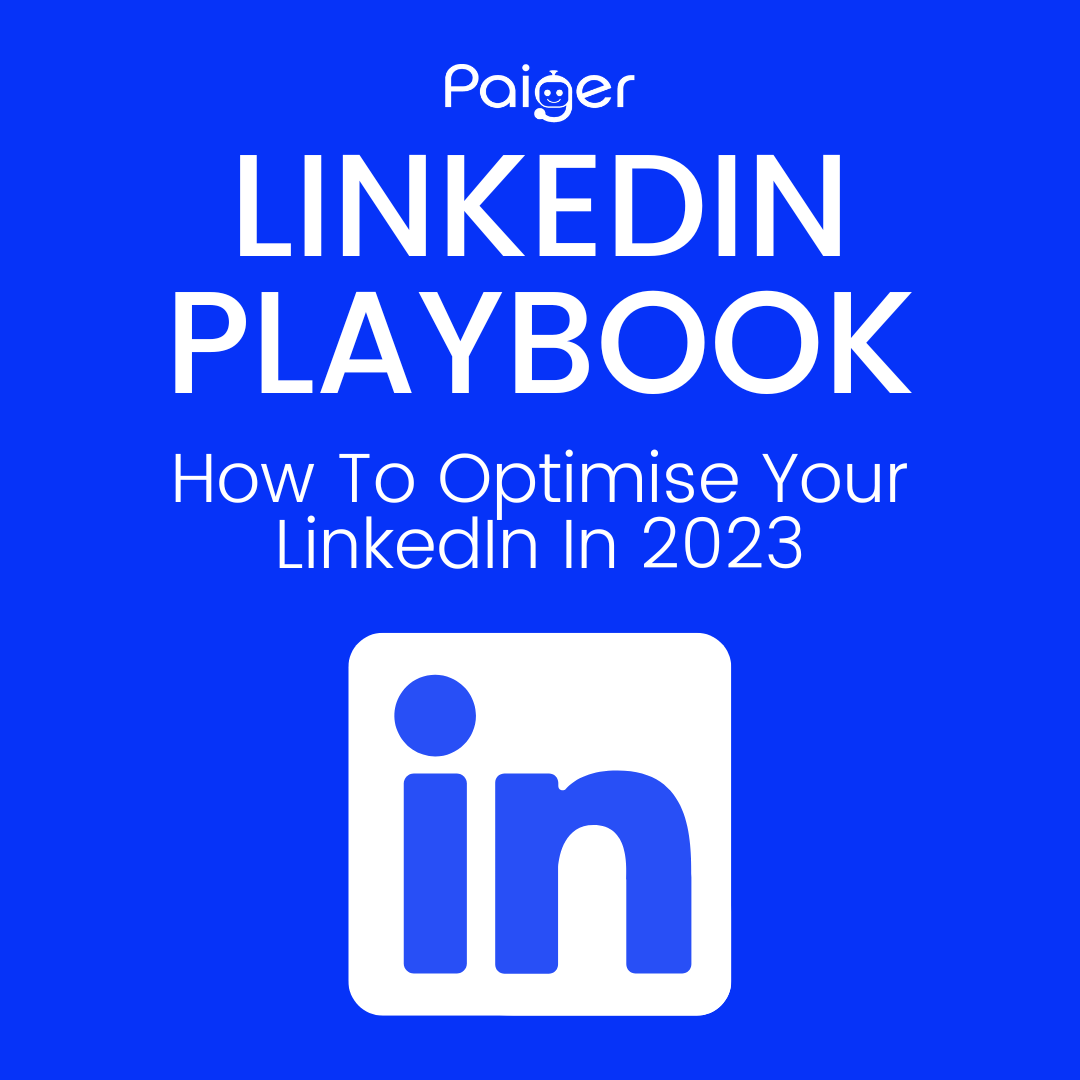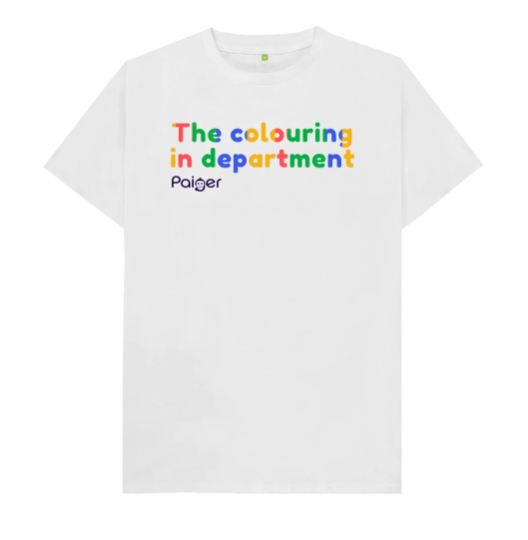How To Structure Your LinkedIn Posts in 2023

LinkedIn is a crowded place and if you want to stand out, how you post is just as important as what you post.
With the average attention span being just 8 seconds long, a scroll-stopping structure is key to getting your post read, your message across, and your engagement up. Are your posts optimally formatted to their maximum potential?
Here’s some guidance on how to structure a post on LinkedIn.
The Ideal Structure
Audience-focused, easy-to-follow, value-added content is the best strategy to keep in mind when structuring your LinkedIn posts.
Avoid big, bulky text. Huge paragraphs are difficult to read and don’t appeal to quick readers who are skimming posts for their most concise and snappy points. Like an intro email or pitch, you want your most important piece of information to stand out, not get lost in a sea of words that no one will read.
There are lots of structures you can play around with to break up text…
- Multiple lines
- A list format
- Bullet points
- An industry-relevant poll
…are just a few. It all depends on your writing style and the market you’re trying to target.
Once you’ve grabbed your reader’s attention with an intriguing opening line, you want them to continue reading to the next one, and the next, and so on. Break up your posts into bite-sized sentences and reward your audience for reading by providing them with something, such as:
- A solution to a problem
- An interesting insight or opinion
- A shocking statistic
- A funny or heartwarming story
Pronouns
Similarly: be real. Be authentically you. Pronouns are a must – you, me, we, I. Talk in the first person. LinkedIn may be a more professional social network, but it is still a social network. Ditch the overly formal language and get people to connect with you by writing how you talk. Conveying that there is a real person behind the words on a screen is fundamental to getting others to relate and engage.
Emojis
Another great way to break up text and appeal to readers’ emotions is using emojis. Emojis are non-verbal information that adds colour to plain text and helps convey tone and emotions. Even better, they take up very little space, so there is no wasting of precious little time when appealing to quick readers.
Alternatives to Text-Only Posts
Dynamic posts with videos, images, GIFs, and document slides perform well too – did you know that posts with photos increase the comment rate by 98%? So adding some real-world examples in the way of pictures, short video clips (approx. 30-90 seconds), or infographics can be an easy way to boost interaction on LinkedIn.
Context & Call To Action
Next, offer context. Why are you posting about what you’re posting about? Keep your audience in mind. Don’t forget a Call To Action (CTA). What do you want readers to do? This could be a call for opinions, sign-ups etc.
Hashtags
End your post with some relevant hashtags. The best number of hashtags to use on a post is 3-5. Posts with less than 3 or more than 10 hashtags have 20-40% less reach. Use a mix of broad and niche hashtags relevant to your post and do your research on these.
So, to sum up, this is how to write a good LinkedIn post:
- Write an eye-catching opening line
- Break up bulky paragraphs
- Use pronouns and write in the first person
- Provide your audience with value
- Add emojis
- Offer context
- Include a Call To Action
- End with relevant hashtags
- Optional: add photos, videos, or document slides
Get in touch
Here at Paiger, we could talk about the importance of posting effectively on LinkedIn until the cows come home, we’ve even made a LinkedIn Playbook you can download for free here. Our platform enables you to not only schedule content ahead of time but also to enable your network to consistently engage with you when they see regular posts going out in your name. Book a demo with us today.
Recent Posts
Categories
Check this out
2023 updates and tips to get the maximum reach of your posts
Passive Aggressive Marketing T-Shirts, All For Charity
Learn how a startup is tackling marketing
Featured Posts
Resilience and risk-taking in recruitment: a conversation with Will Pearce
Paiger acquires The Lonely Marketers
The power of the personal brand in recruitment
Archives
- September 2023
- June 2023
- May 2023
- April 2023
- March 2023
- February 2023
- January 2023
- December 2022
- November 2022
- October 2022
- September 2022
- August 2022
- July 2022
- June 2022
- May 2022
- April 2022
- March 2022
- February 2022
- January 2022
- December 2021
- November 2021
- October 2021
- September 2021
- August 2021
- July 2021
- June 2021
- May 2021
- April 2021
- March 2021
- February 2021
- January 2021
- December 2020
- November 2020









